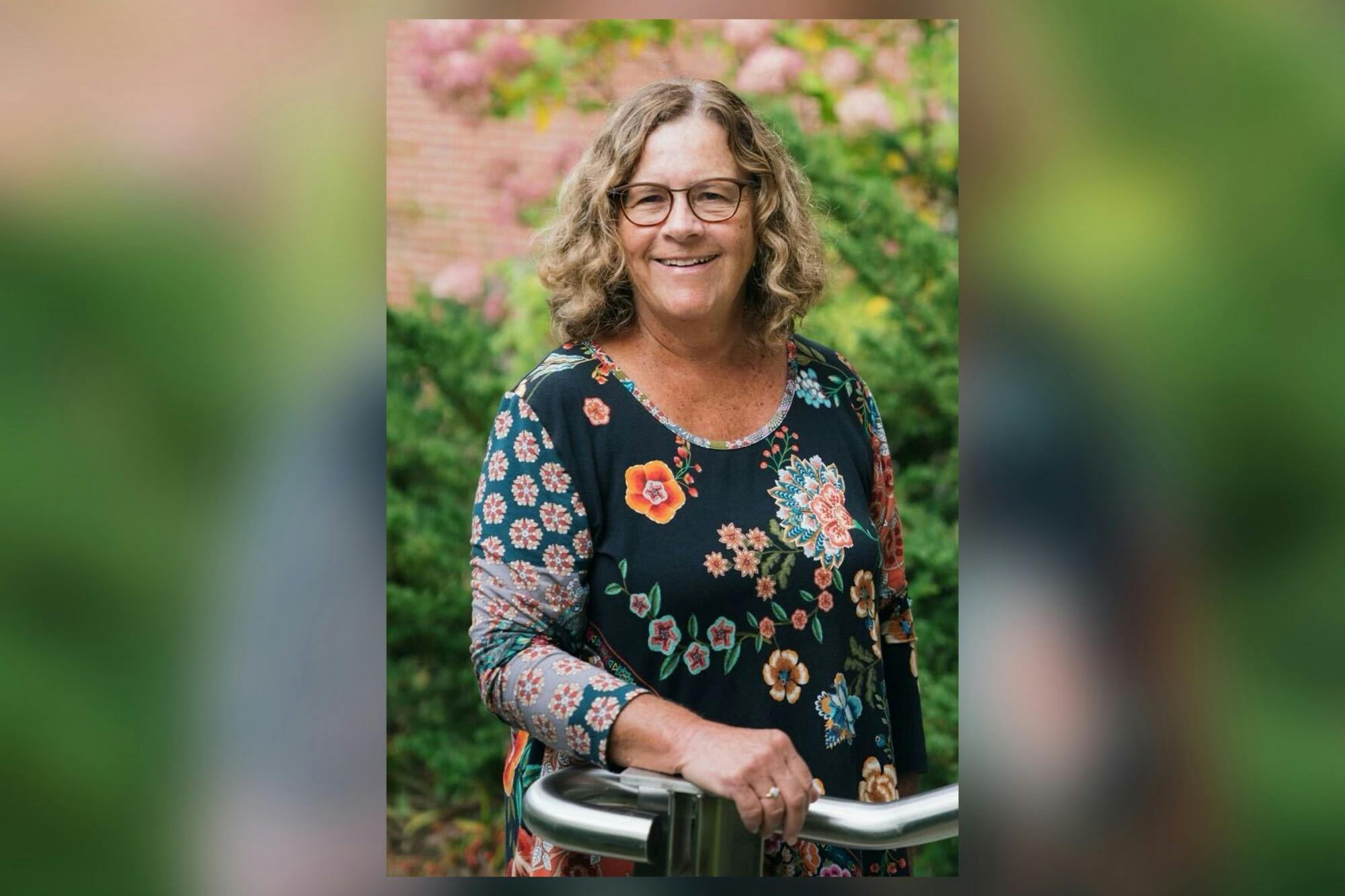In February, molecular geneticist and biological sciences professor Mary Lou Guerinot was elected to serve a three-year term on the 17-member Governance Council of the National Academy of Sciences, beginning July 1. The NAS is a private, non-profit society of esteemed scholars aiming to “provide independent, objective advice to the nation on matters of science and technology,” according to its website. Scientists are elected to the NAS by their peers for outstanding contributions to research. Guerinot is known for her pioneering research on iron homeostasis in plants and for helping to define the field of ionomics — the study of elemental accumulation in living systems. She became a member of the larger Academy, which has 2,500 members, in 2016. Guerinot sat down with The Dartmouth to discuss her research and upcoming position on the Governance Council.
Can you tell me a bit more about the work you’ve done with the NAS since your election as a member in 2016?
MLG: A lot of the work that we do is identifying worthy candidates for election to the Academy. And of course, we’ve been trying to diversify the Academy, so looking for worthy women, people of color, people from the center of the country — there’s sort of a strong bias for both coasts, so diversity by state, institution, gender and age. And then I served on one research project called “The Future of Food and Agriculture.” That report came out around 2017 or 2018. I think the research committee had something like 18 people from very diverse points of view. And then we talk about what we think are the most important problems, and how we’re going to solve them in the next 10 to 15 years.
What will your role be in your upcoming position on the Governance Council, and how will it be different from the previous work done with the NAS?
MLG: It’s a little hard for me to say because I don’t start until July 1, so my first meeting will be in the summer. But this council has a big fiduciary responsibility, so my role entails overseeing the National Research Council and all these reports that are requested and put together.
What are some goals you have for your three-year term on the Governance Council?
MLG: I’m very interested in the Academy’s efforts to promote a public understanding of science. There is a lot of mistrust of science right now with the anti-vaxxers. I’m hoping to get more involved in some of the outreach that they do on that and then continue efforts to diversify the Academy. That’s very important to me.
You’ve done an outstanding amount of pioneering research throughout your career. What are the main research questions you and your team are investigating right now?
MLG: We are still investigating the original problem, which is that we want food to be more nutritious. We study iron in particular, and plants are not a good source of iron. And most people eat seeds, right? You eat rice, corn and wheat. We’ve been studying for years — how do plants take up iron? How does it end up going from the soil, to the root, to the leaves, to the seed? We wanted to know — how does the plant store the iron? And then once we know all that, can we make it better? Can we make plants store more iron? Right now we’re working on a master regulator that controls most of the genes that come on in response to iron deficiency. Plants are like people — you don’t take in iron from your intestine if your liver decides you have enough. And plants don’t take up iron if they’ve decided they have enough. We’re trying to see if we could get plants to perhaps take up more iron by loosening some of these controls. It’s a very complicated pathway, as you might imagine, because iron can be very toxic. Cells are really trying to make sure they don’t take it up if they don’t need it.
In 1994, you became the first woman to chair a science department at Dartmouth. How has that experience influenced your interest in diversifying the science field?
MLG: I think at the time that I was asked to chair, there weren’t that many women in the other science departments. I didn’t really think much of it at the time, and then someone told me, “You know, you’re the first woman to chair a science department at Dartmouth.” I thought about it, and I guess I must be. In biology, we have a lot of female majors, so we’re in good shape. I think more than 50% of our majors are women. But the numbers are still not so high in physics, math and chemistry.
As a recipient of numerous awards for teaching and mentoring here at Dartmouth, how does teaching inform your research and work with other groups of scientists, and vice versa?
MLG: This is the whole teacher-scholar model of Dartmouth. I talk sometimes about what my research is, and how it affects real world problems, and I think students like that. And then of course, I run this laboratory. Over many years, I’ve trained more than 150 undergraduate students, and 20 PhD students have worked with me. I do a lot of mentoring. Many of the undergraduates go off to medical school, but they work with us while they are undergraduates. They learn how to do bench science. I would say it’s an important part of my job, and it’s the part I like the best — working with the students.
This interview has been edited and condensed for clarity and length.




